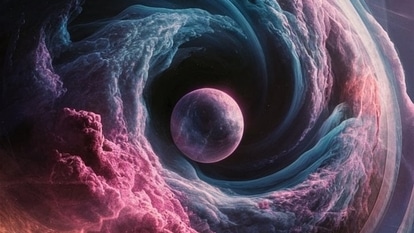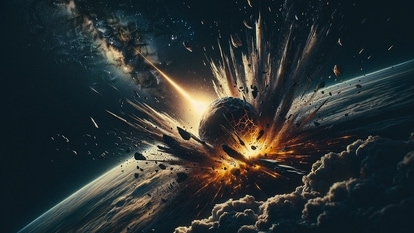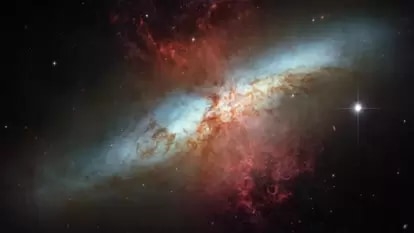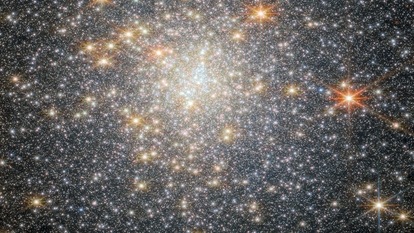NASA James Webb Space Telescope limbo galaxy data may change understanding of the universe
The NASA James Webb Space Telescope has spotted red spiral galaxies that may reveal insight into the early universe.


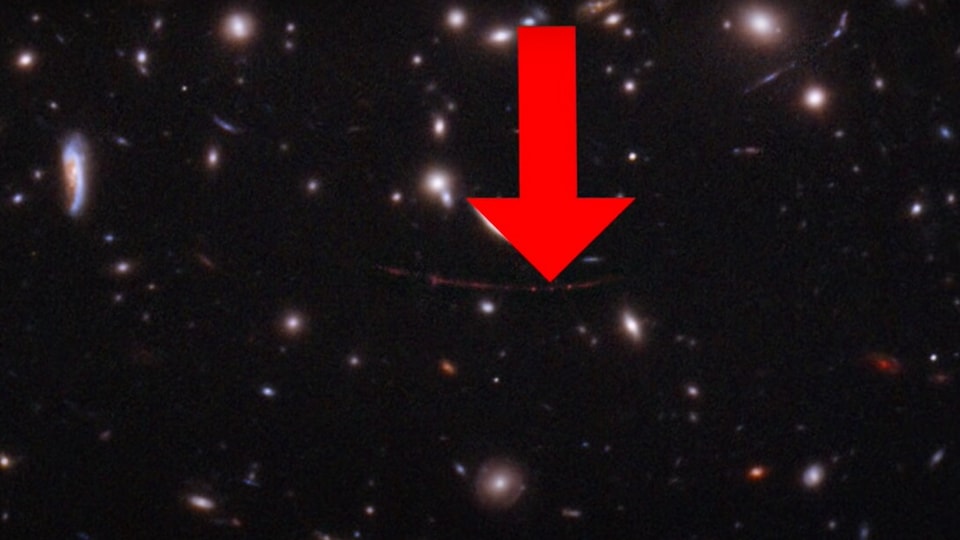
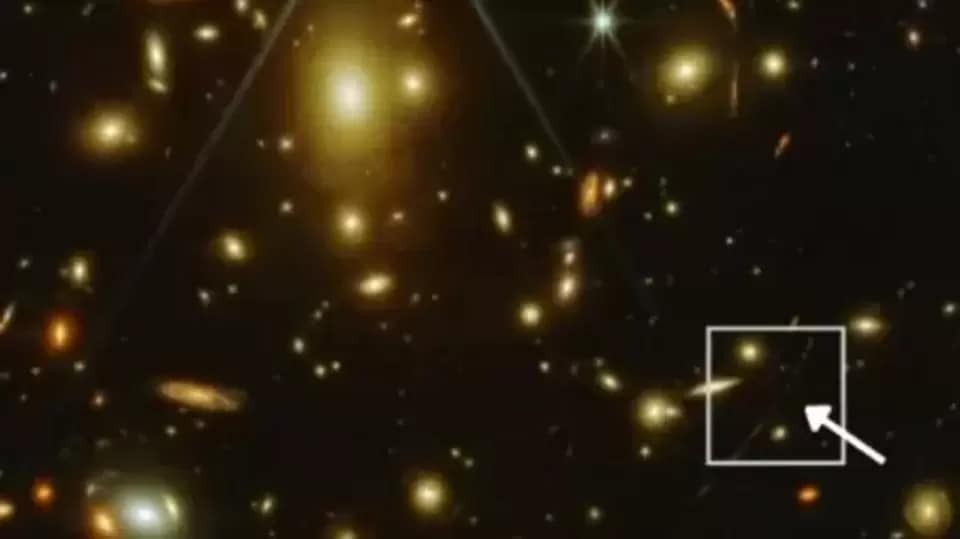
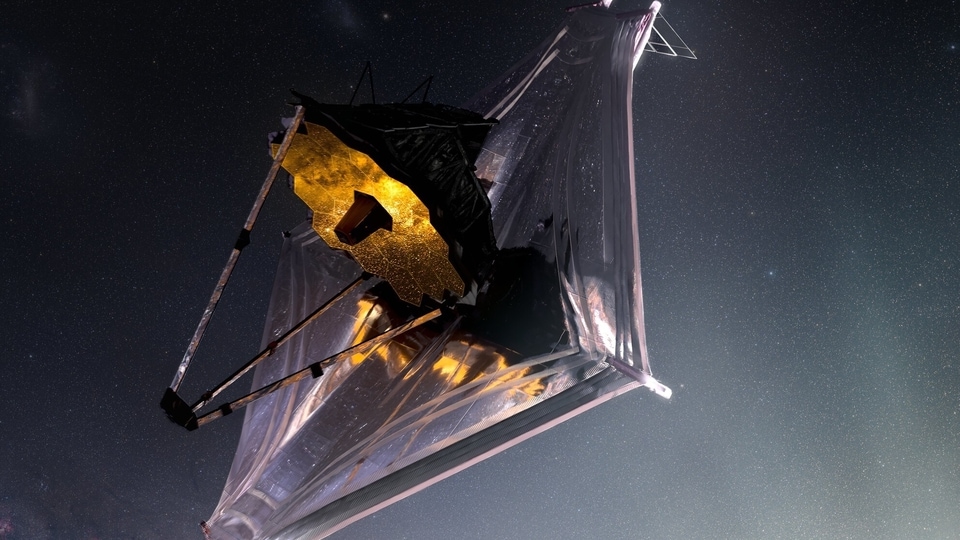
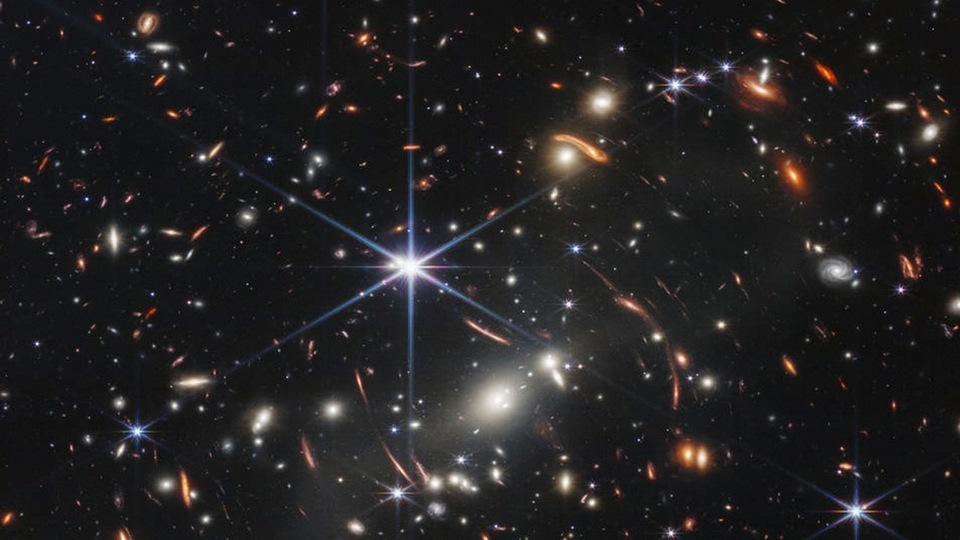
 View all Images
View all ImagesThis year has been full of new discoveries for NASA's most powerful telescope floating in space. The NASA James Webb Space Telescope has given us exciting views into the Pillars of Creation, the Tarantula Nebula and Carina Nebula, the Cartwheel galaxy and more. But it is not done yet. The space telescope has focused its lens on several rare red spiral galaxies that will help astronomers catch a glimpse of the early universe. This is not a new discovery and neither the farthest object to be spotted by the Webb telescope, but the powerful cameras have been able to capture a more detailed view of these galaxies. Read on for more details.
According to a report by Space.com, astronomers have analyzed the red galaxies from one of the earliest images taken by the JWST and have magnified the objects seen behind it. It should be noted that the first telescope to image these satellites was the NASA Spitzer Space Telescope, which has now been retired. But it could only show them as blobs of light and it was impossible to decipher any information into the shape or size of the galaxies.
NASA James Webb Space Telescope glimpses into early universe
The astronomers, upon examining the red spiral galaxies have determined that these are some of the most distant galaxies that have ever been seen. But that is not enough to tell us about how the universe looked in its early days. The researchers are now analyzing the morphology of these galaxies. Morphology of a galaxy simply means the detailed shape which can highlight things like star concentration, amount of dust and more.
It turns out that one particular galaxy among these has become extremely interesting to these scientists and it can change the perception of the universe we have. This galaxy is apparently not forming stars and is existing in a passive state or limbo. This goes against the popular theory that early galaxies would be actively birthing stars.
“Our study showed for the first time that passive spiral galaxies could be abundant in the early universe. While this paper is a pilot study about spiral galaxies in the early universe, confirming and expanding upon this study would largely influence our understanding of the formation and evolution of galactic morphologies”, Yoshinobu Fudamoto, a junior researcher at Waseda University in Japan and the first author of the paper told Space.com.
The team of astronomers have also published a paper in The Astrophysical Journal Letters titled “Red Spiral Galaxies at Cosmic Noon Unveiled in the First JWST Image” which provides all of their research material and data.
Catch all the Latest Tech News, Mobile News, Laptop News, Gaming news, Wearables News , How To News, also keep up with us on Whatsapp channel,Twitter, Facebook, Google News, and Instagram. For our latest videos, subscribe to our YouTube channel.








